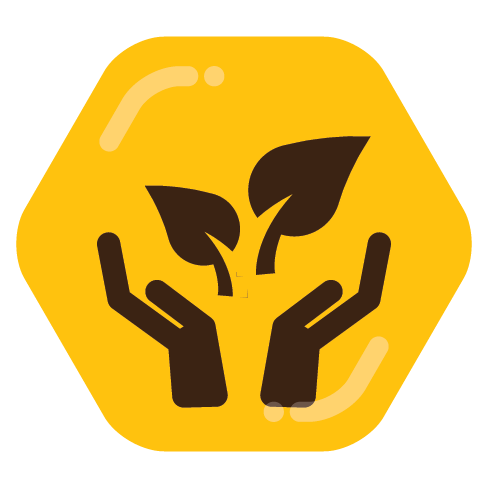[…]growing interest in the blue economy and blue growth in coastal communities, many of them Indigenous communities, masks ongoing social, political, and historical issues and is of concern for many researchers.
An article on marine policy entitled “Enabling Indigenous innovations to re-centre social licence to operate in the Blue Economy” notes “increasing economic activity in coastal areas and seas […] creates opportunities and poses potential environmental and social risks and inequities, particularly relating to coastal communities and Indigenous societies.” In Canada, this has meant reduced opportunities for wild fishing, thus diminishing Indigenous communities’ ability to pass their cultural activities to successive generations; a tension between First Nations’ collective ownership and that of private companies; and government policies that have historically led to a loss of Indigenous communities’ access to resources. Consequently, this has fostered generalized distrust of government among First Nations and risks to culture and territorial sovereignty, particularly in the context of unresolved land claims, which are among the primary objections to aquaculture development in communities. An inclusive, sustainable, and equitable strategy, the article argues, includes Indigenous resource ownership and a proper distribution of benefits.
Another research paper, looking at how the development of a capitalist blue economy in the Caribbean led to subsequent inequalities, points out that establishing the foundations for shared ocean systems and regional development “will require confronting and redressing colonial and postcolonial histories of systematic underdevelopment.”
As Duhaime notes, sustainable use of ocean resources is already compatible with the Inuit worldview. The challenge is connecting these resources to an economic model without further limiting the social agency of Inuit.
“[Ocean management] is not a new thing – for decades Inuit have been saying ‘We know how to manage the resources ourselves. We know the animals. We know how much we can take and when, and when people among us take more, then they can distribute it,’” he says.


